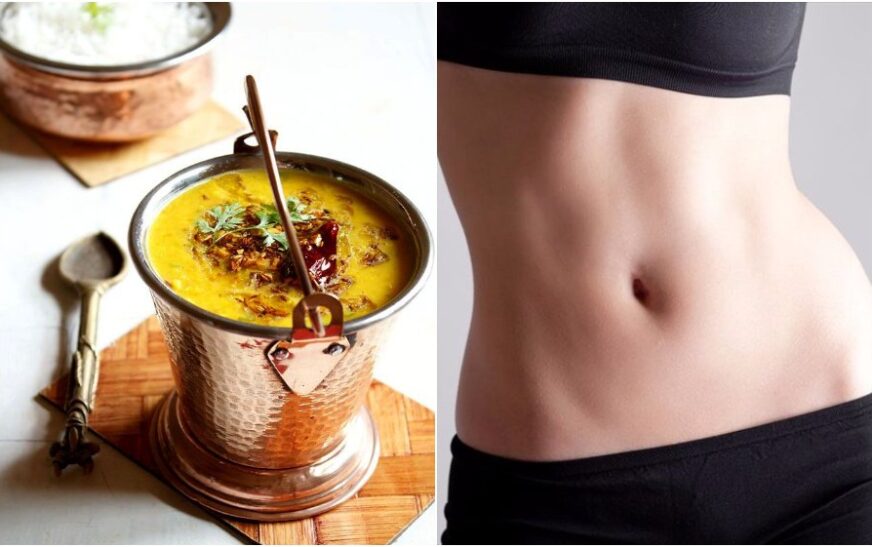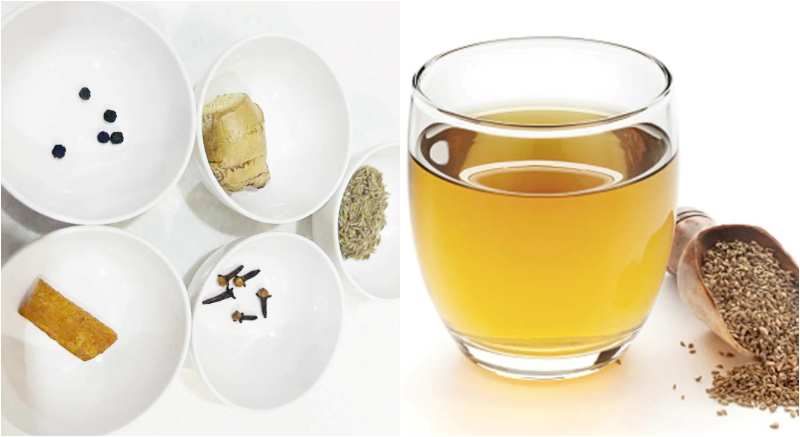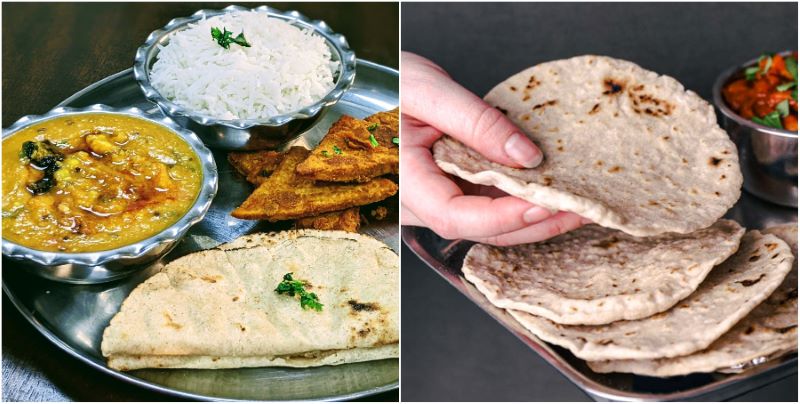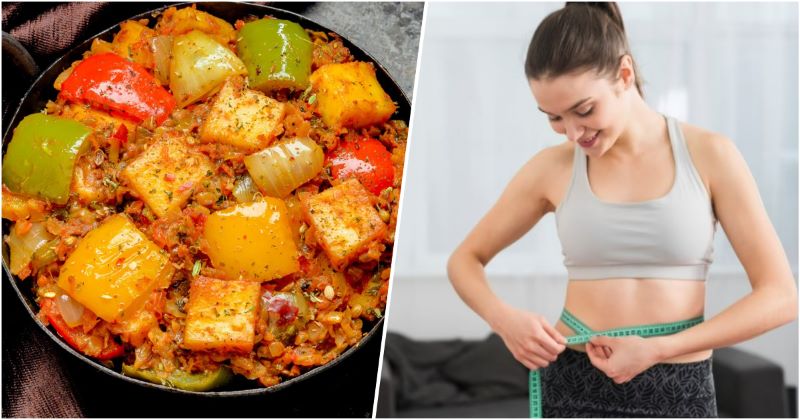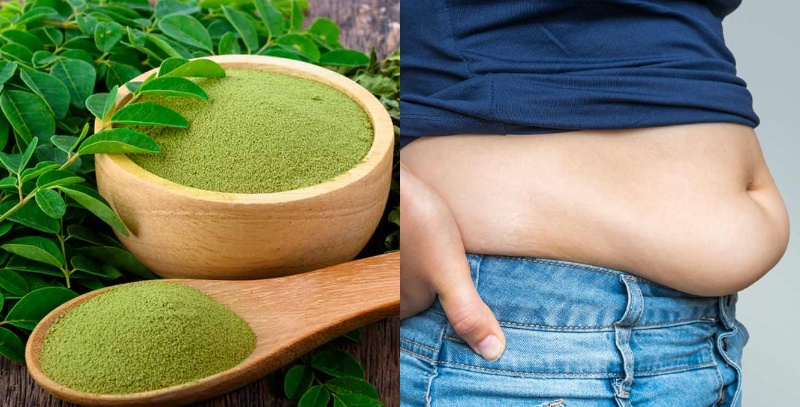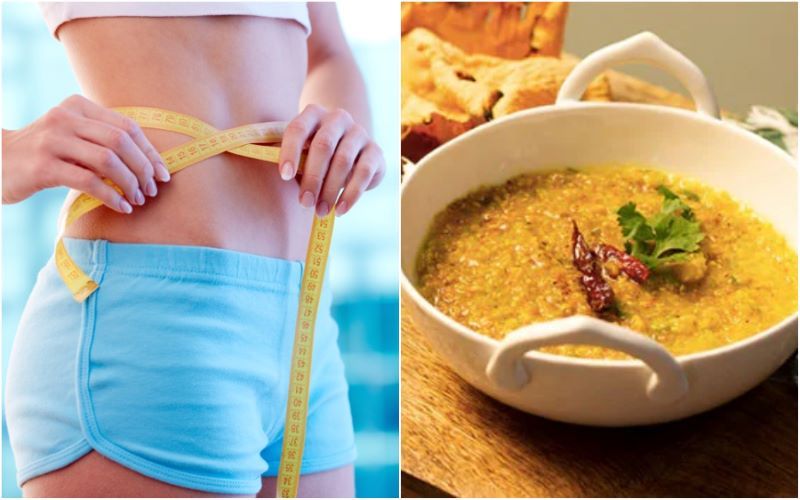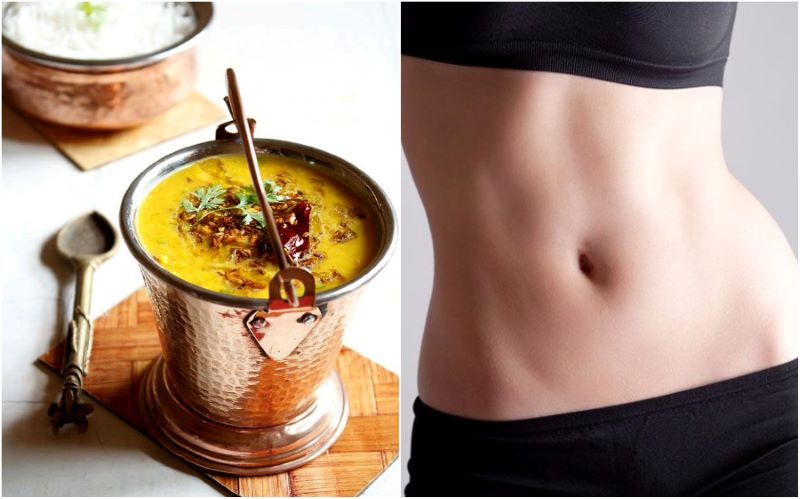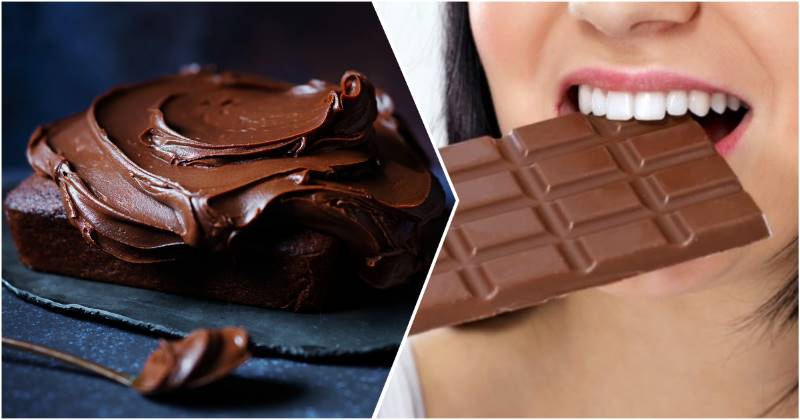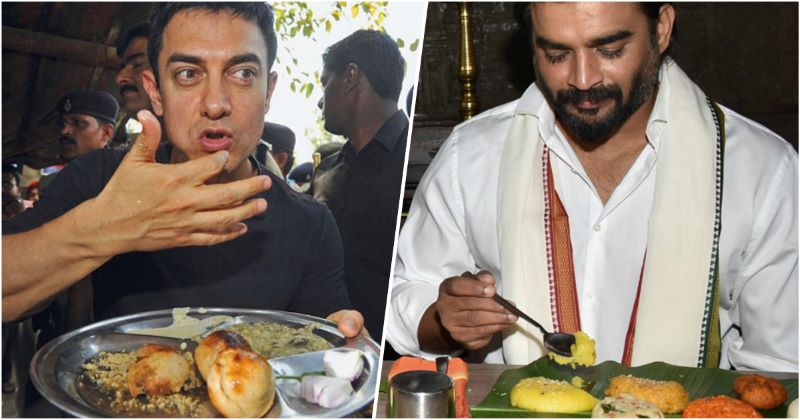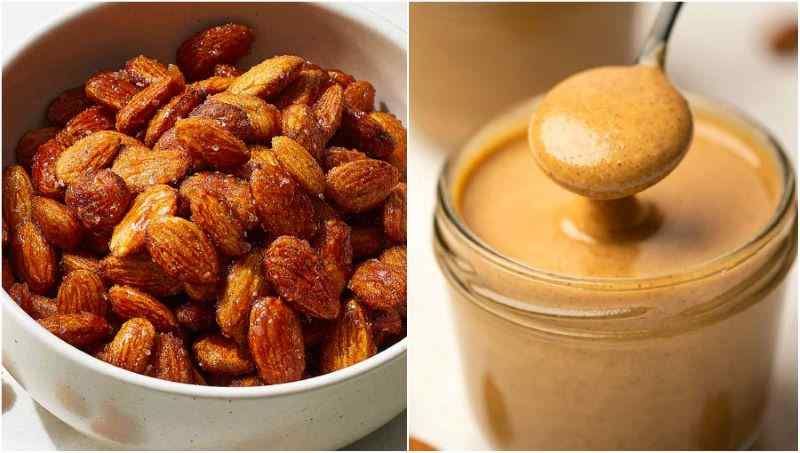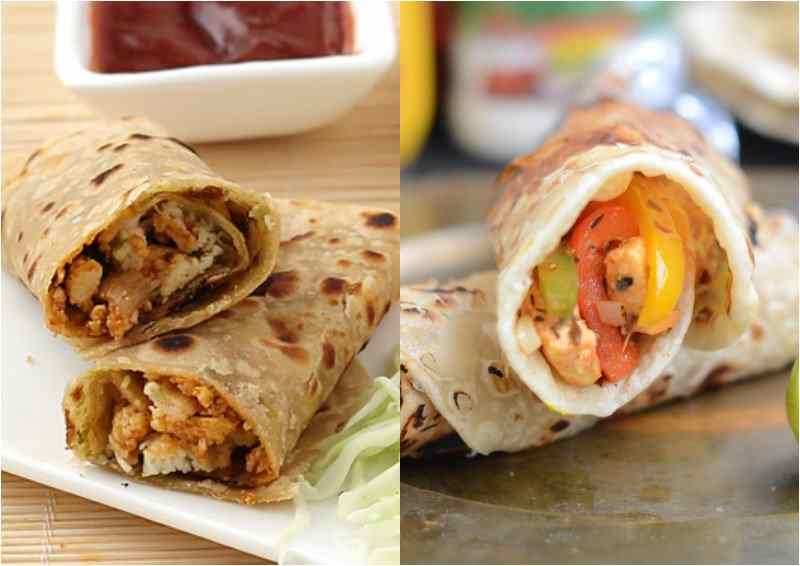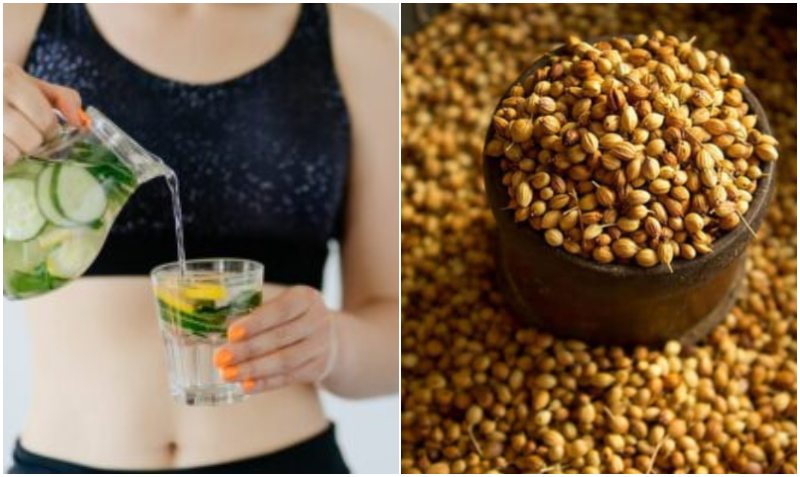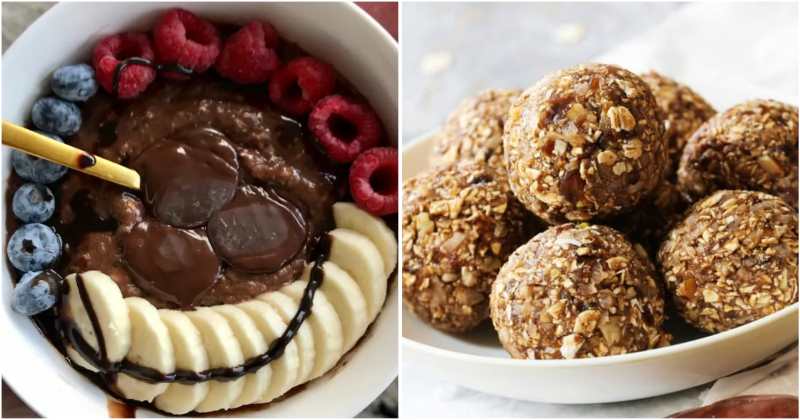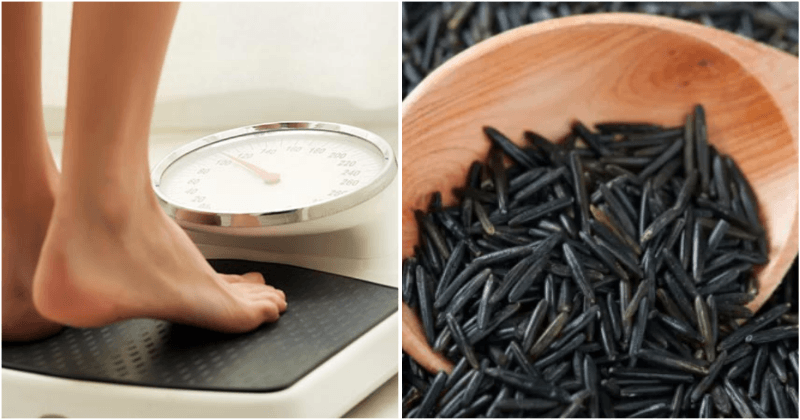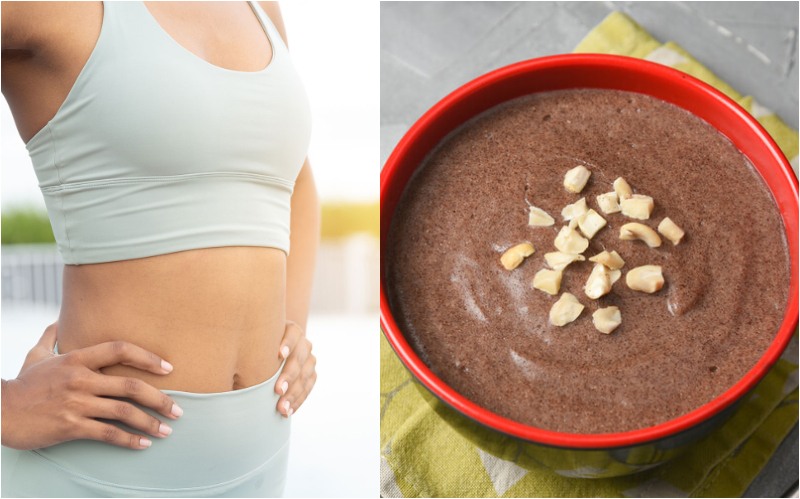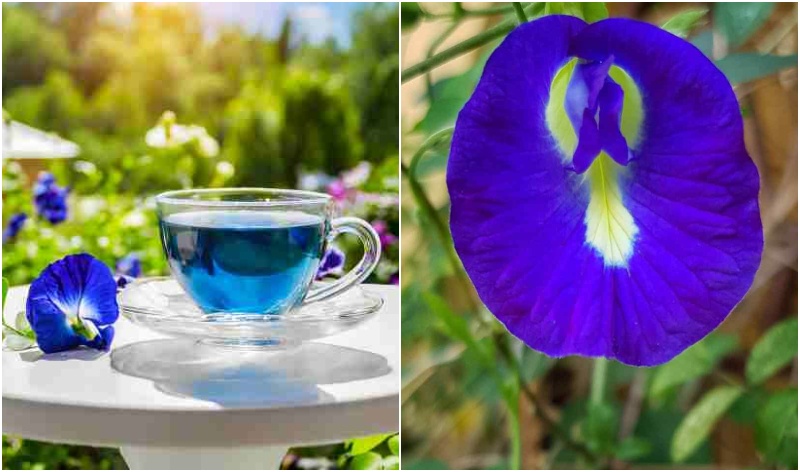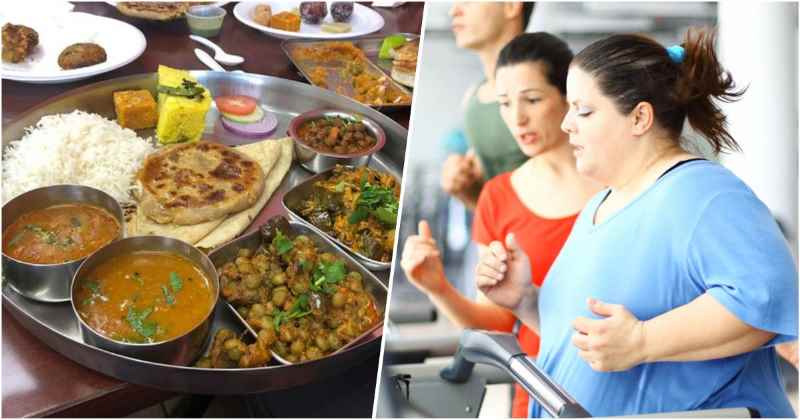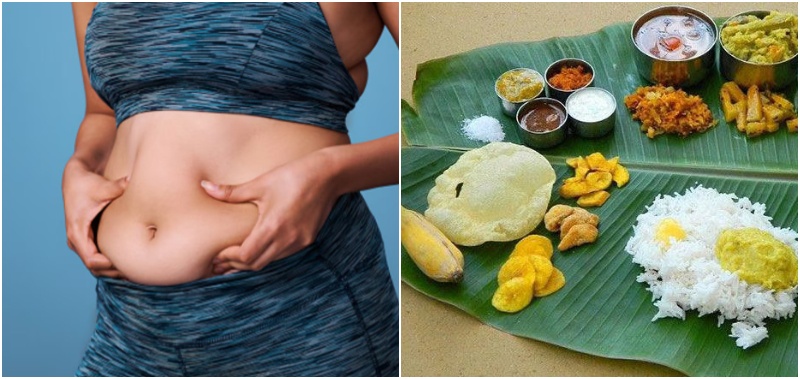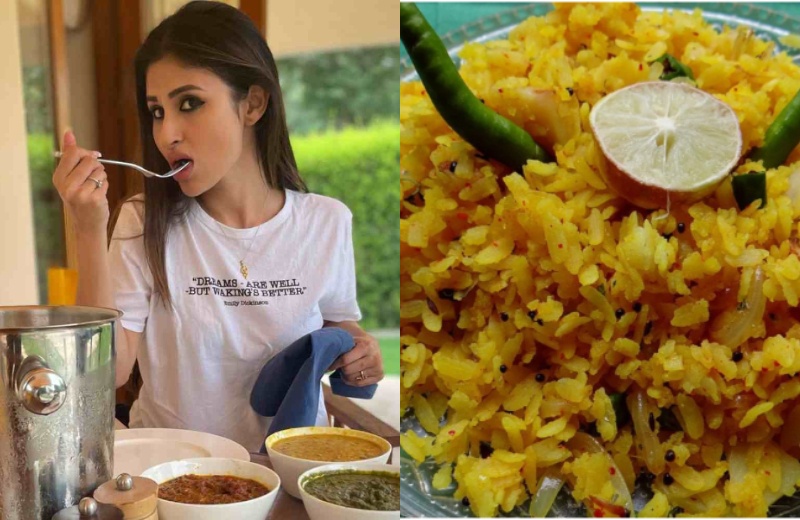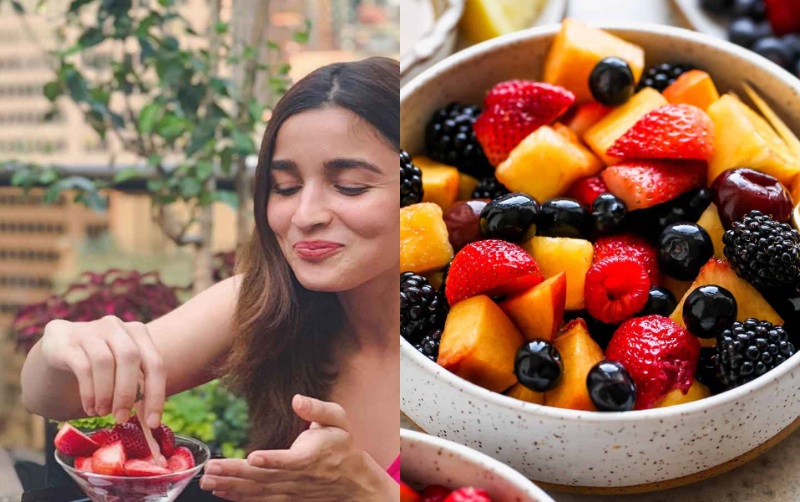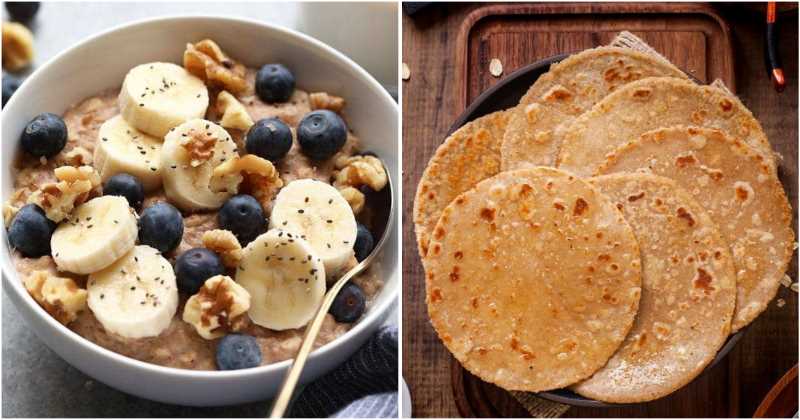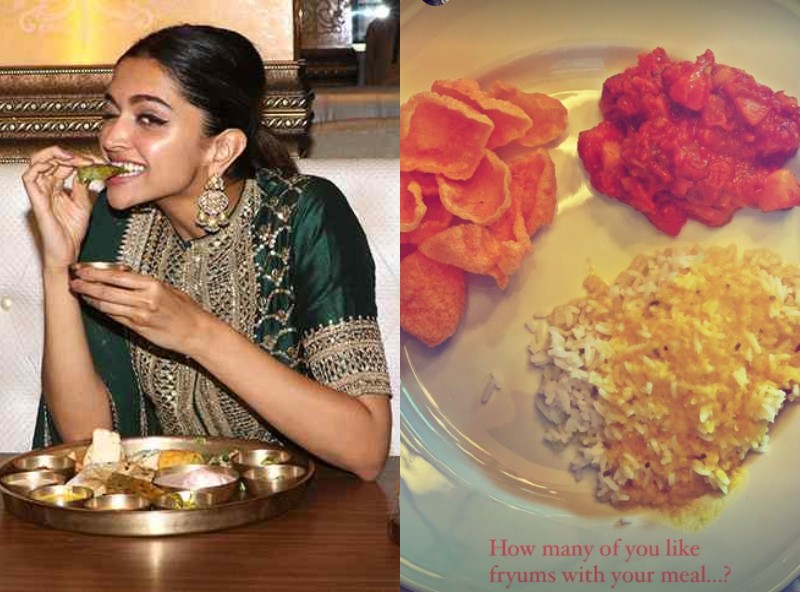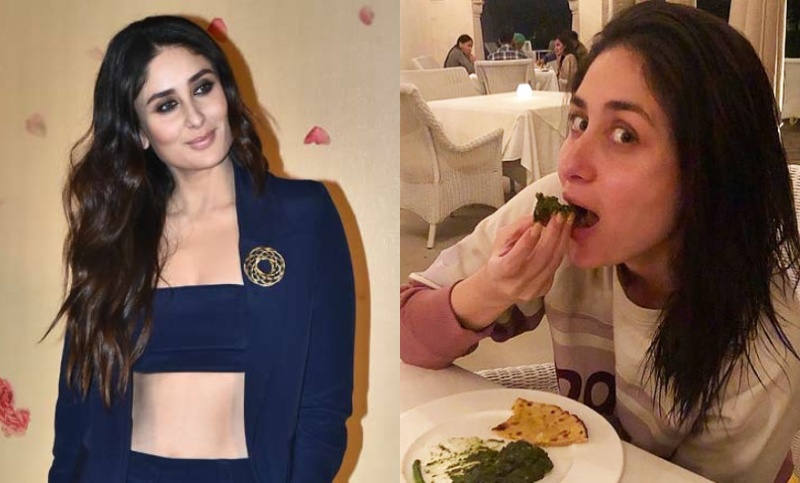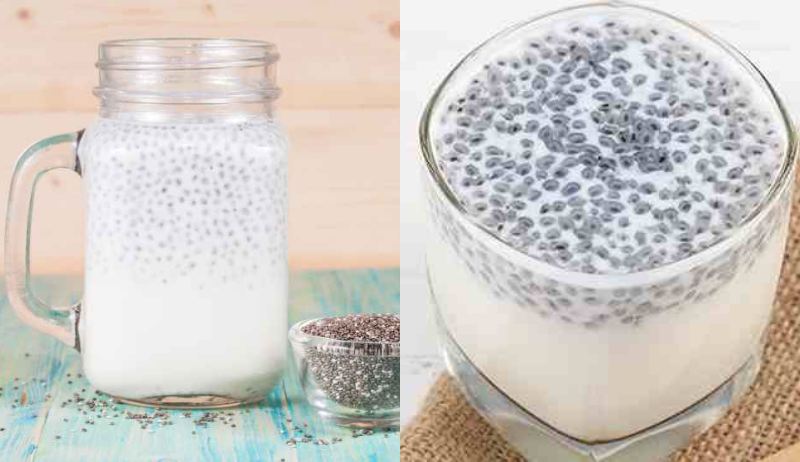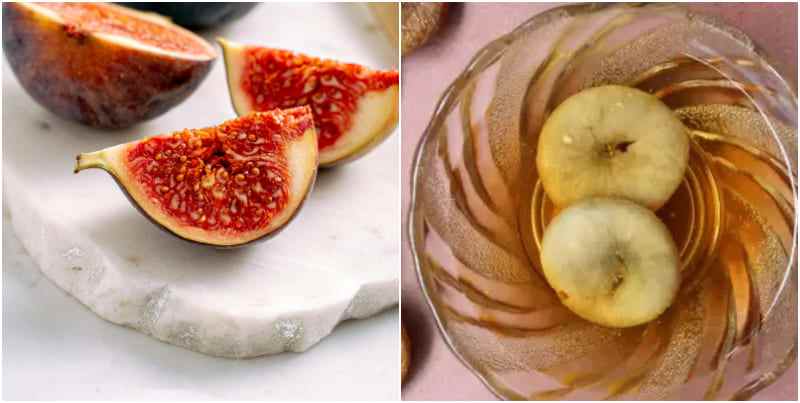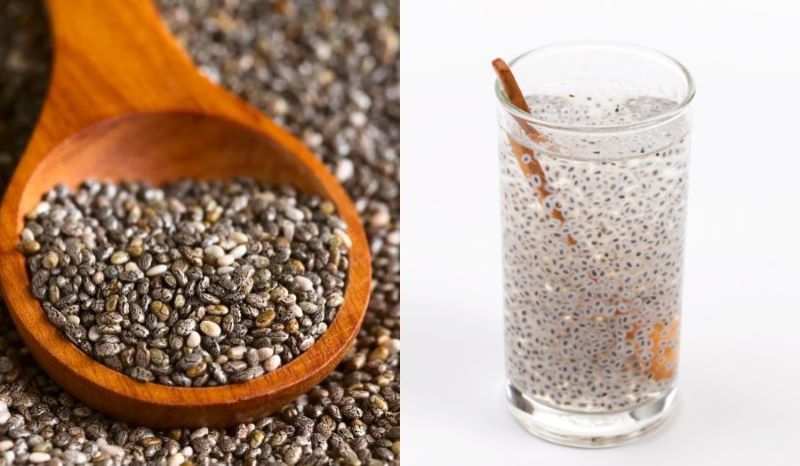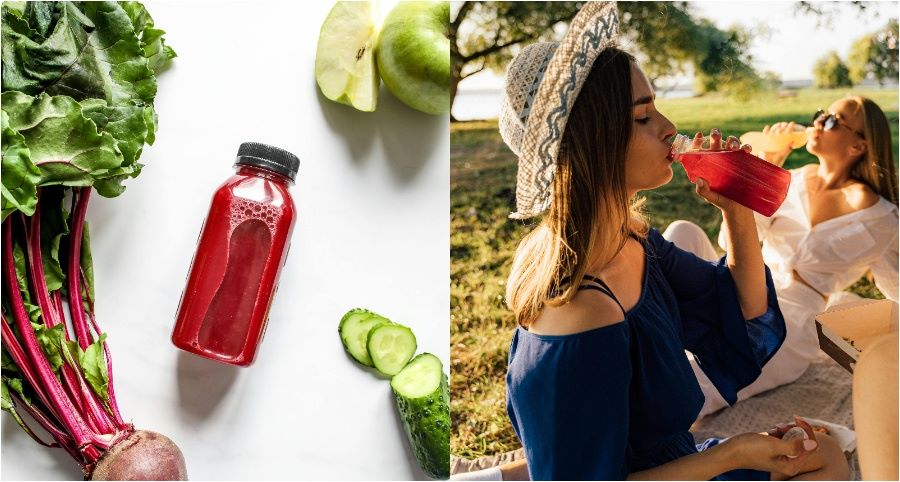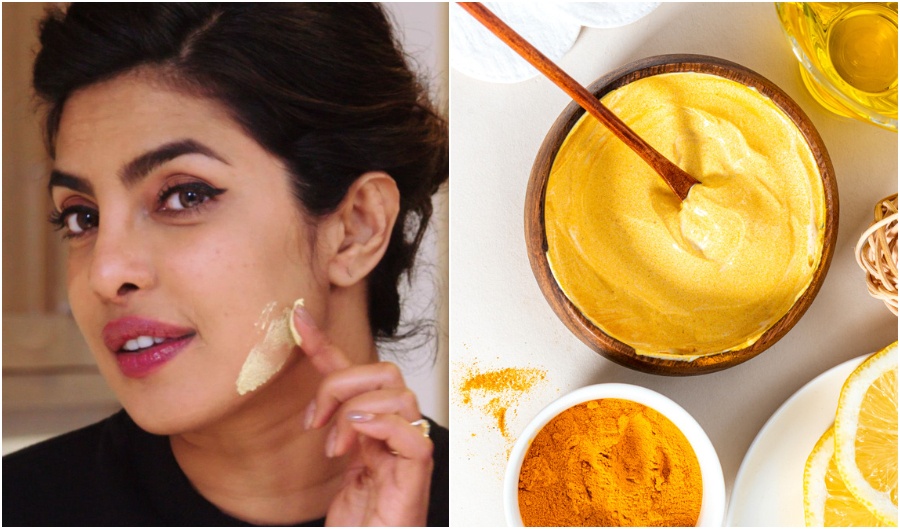Incorporating Ayurvedic tips and principles into our daily diet can significantly improve digestion, promote balanced nutrition, and support overall well-being, especially with regards to staple food such as dal and chawal. For us, “dal-chawal” is more of an emotion than just normal food. All across the length and breadth of our country, a variety of lentils are eaten on a daily basis, either with rice or roti. The ancient principles of ayurveda offer valuable insights into the way we eat, helping to enhance digestion and support our bodies in various ways.
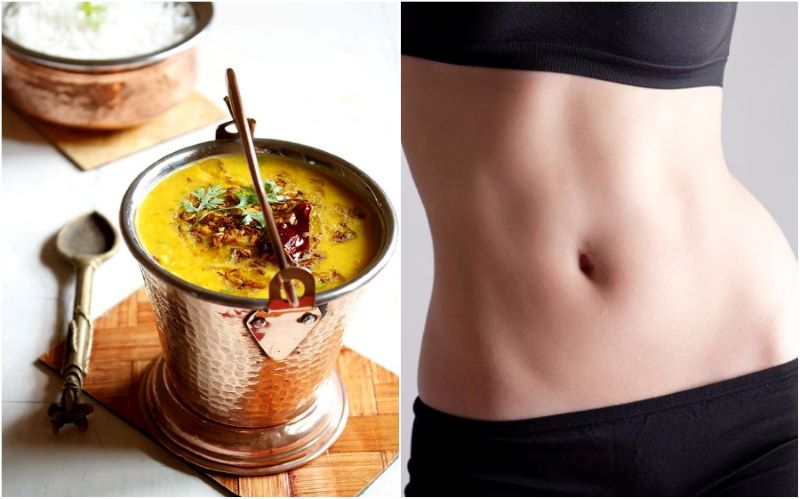
Ayurveda recommends a balanced diet comprising of vegetables, fruits, dairy such as milk and yogurt, and of course legumes like dal. For vegetarians, lentils/dal are a good source of protein and so many other nutrients (fiber, complex carbs, vitamins, and minerals). Protein, as we all know, is a macronutrient that helps to boost weight loss by increasing satiety and thermogenesis, and controlling appetite, which means you get to burn more calories during protein breakdown. However, to get maximum benefits out of dals, there are certain ayurvedic tips regarding consumption of dal in certain ways so as to increase nutrient absorption, and we are going to learn about some of them today in this article.
Some common dals used across India are moong, toor, masoor, chana, rajma and urad. Out of these, moong dal is easiest to digest, recommended for staple use in Charaka Samhita, which is an ancient ayurvedic text. Moong dal for example, aids recovery from sickness, flu, fevers, and post-surgery, supporting weakened digestion.
Ayurvedic Tips For Maximizing the Nutritional Benefits of Dal:
Ayurveda recommends us to eat our food slowly and enjoy every single bite. We should pay attention to how our body feels when we eat and not to overeat. Also, certain ayurvedic tips underline that it’s important to have a balanced life and a diet that is plant based. This means eating a mix of different foods, but not too much of one thing. We should try to keep everything in balance, which helps us feel good both physically and mentally. As we have mentioned before, following a few ayurvedic tips while cooking and eating dals would be more beneficial. Let’s find out what they are:
1. Soaking the dals for a few hours in water will reduce their cooking time as well as reduce the effect of anti-nutrients phytic acid and trypsin present in dal which hinders zinc and iron absorption.
2. Avoid adding tomatoes or tamarind while the dal is getting cooked because these acidic agents would not allow the dal to soften easily. You can add these ingredients later on.
3. Mix rice with dals such as moong, masoor, arhar to create kitchdi, which is considered by Ayurveda as one of the most easily digestible foods. Adding ghee, spices like black pepper, cumin during the cooking process makes the digestion process easily and the meal a satisfying one.
4. Cook dal with spices such as ginger, hing (asafoetida), black pepper would reduce bloating and help with digestion as well.
5. When the dals are cooked, a soapy foam can rise up on the top, and it’s recommended to remove this layer to reduce gassiness and bloating later.
Additionally, in Ayurveda, it’s important to eat foods that are available according to the season because they’re fresher and the nutrients are readily available. We should focus on eating whole foods like fruits, veggies, grains, and nuts because they are rich in nutrients that our body needs to function smoothly. Ayurveda also teaches us to be careful about how we combine our foods—like not mixing fruits with dairy. Including spices in daily cooking is recommended too, like turmeric and ginger, because they taste good and help our digestion. Lastly, we should eat slowly and without distractions so we can really enjoy our food and feel good after eating.
Also read: Fuel Your Weight Loss: 5 Must-Try Dinner Idea Recipes

